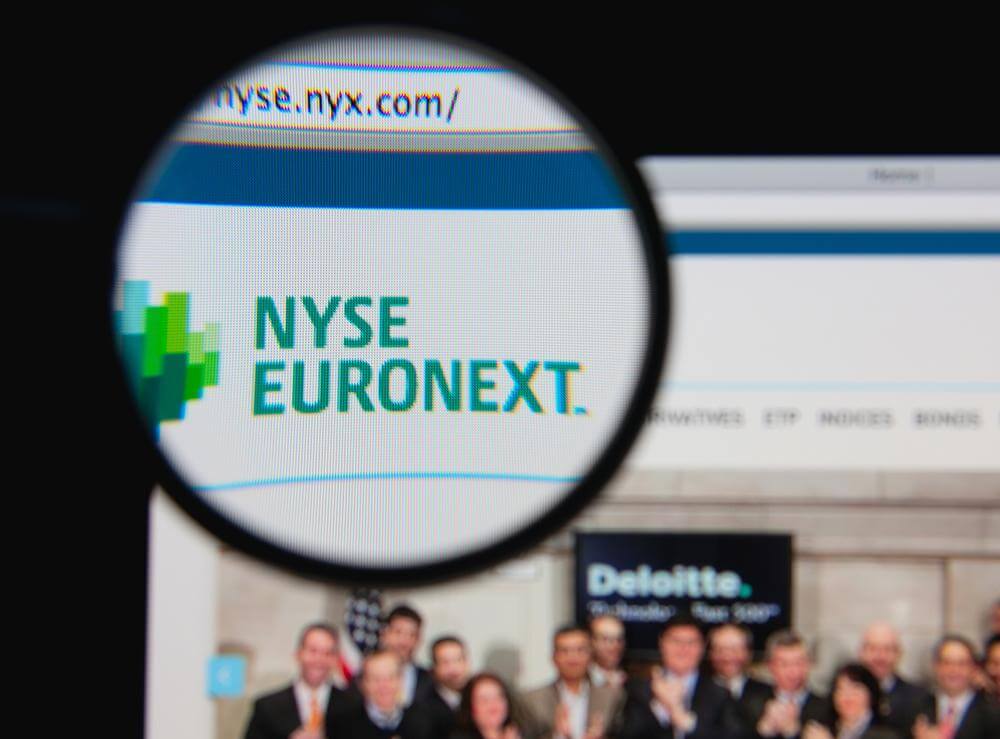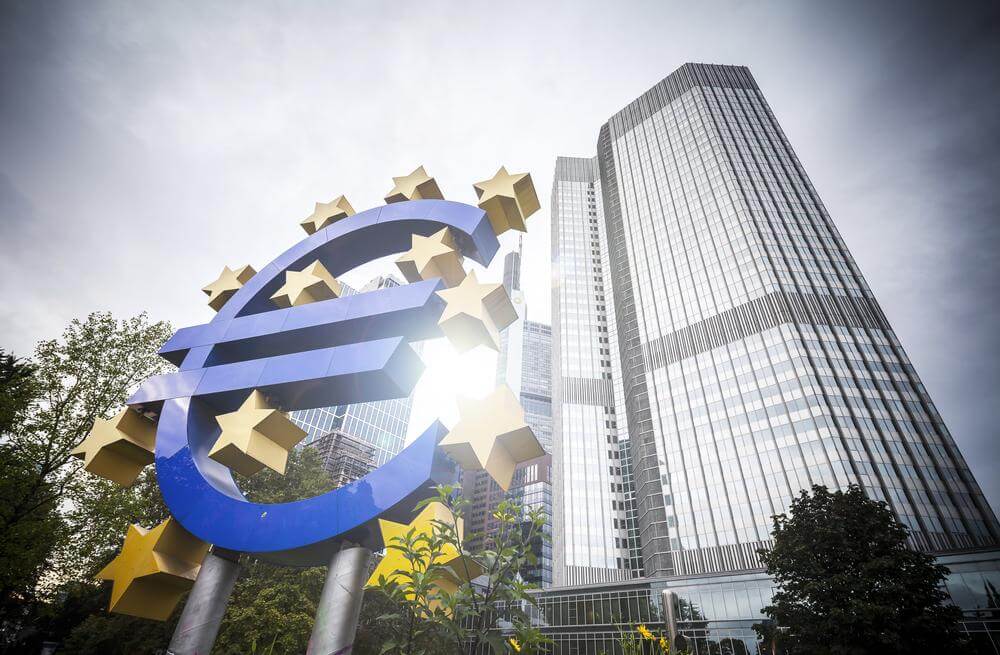
The investment marketplace is broader now than ever before. Everyday investors aren’t limited to the traditional array of stocks, bonds, and mutual funds. Alternative investments once reserved for the very wealthy are finally accessible to smaller retail investors. And the landscape changes every day.
Which alternative investment strategies are most likely to pop in the coming year? In this article, Yieldstreet takes a look at six of the most promising investment possibilities outside the conventional marketplace. Some are proven sources that continue to pay off year after year. Others are burgeoning industries and practices that may emerge as mainstream investments themselves.
1. Cryptocurrency
Cryptocurrency is arguably the highest-profile alternative investment of the last decade. In 2021, the mania only got louder. Early investors in cryptocurrency enjoyed some great returns last year. Digital currency exchange Coinbase went public in April, a sign of the growing legitimacy of crypto. Bitcoin and Dogecoin hit their highest market caps yet.
But is it too late to hop aboard the cryptocurrency train? We don’t think so. While cryptocurrency is still a volatile commodity, its growing acceptance in traditional marketplaces is a sign that it’s inching toward the mainstream. Still, there’s ample room for cryptocurrency to grow.
You can’t be blamed for hedging your crypto bets until the market relaxes. And you should still be judicious with your investments, especially in “flavor-of-the-week” coins. But if you’ve been on the fence about cryptocurrency, this might be the year to take the plunge.
2. Peer-to-Peer Lending
P2P lending is growing as a viable alternative investment. The concept is simple: investors lend money directly to borrowers without a financial intermediary like a bank. Lenders set their interest rates in line with their risk assessment. It’s a choice for those who need money quickly or have spotty credit records.
There’s an elevated risk in P2P lending. The lender has to factor in the chance that the borrower will default on their payments. But the P2P lending marketplace is accelerating. Some analysts expect it to reach a value of nearly $560 billion in the next five years, with an annual growth rate nearing 30%. Discerning investors may want to take a closer look into P2P lending this year.
3. Fine Art
Fine art is traditionally viewed only as a potential investment for the very wealthy. But that belief is changing. Thanks to the openness of the digital marketplace, retail and smaller investors now buy artwork as long-term investments in more significant numbers than ever.
The COVID-19 pandemic forced many traditional galleries to shift their marketplaces online. As a result, the art market unexpectedly grew by 15.1%, according to Motley Fool. Wealth managers embrace the trend and are increasingly recommending investing in fine art to their clients.
4. Real Estate Investment Trusts
Private REITs let you invest in real estate that generates revenue without you having to do any of the grunt work—management, rent collection, upkeep, and so forth. After taking a hit at the beginning of the pandemic, REITs are starting to gain ground again.
Although the post-pandemic future is still a bit cloudy, investment experts expect an economic rebound. This includes some workers coming back to the physical workplaces after a couple of years of working from home, which bodes well for the prosperity of REITs, at least in terms of generating passive income.
5. Cannabis
Cannabis continues to edge toward the mainstream. The recreational drug is rapidly shedding its stigma as many US states decriminalize marijuana use and possession. The cannabis marketplace is still volatile, as many stocks experienced a rollercoaster ride in 2021.
But the train has left the station. Cannabis industry data provider Headset expects the market to hit $45.8 billion in value by 2025. While the industry may spend the first half of 2022 shaking off last year’s unpredictability, cannabis investors may find the climate more palatable in the second half.
6. Precious Metals
Gold, silver, platinum, and palladium are still considered to be safe bets in times of economic upheaval. In that sense, they’re not entirely “alternative” investments, but they still exist outside the mainstream marketplace. Especially as part of a self-directed IRA, precious metals still hold long-term value.
Investors who don’t like the relative illiquidity of precious metals can still take advantage of their value appreciation with exchange-traded funds (commonly known as ETFs). Gold, silver, and platinum ETFs are bought and sold on the exchange just like traditional stocks. They’re easy to buy into and just as easy to get out of.


























